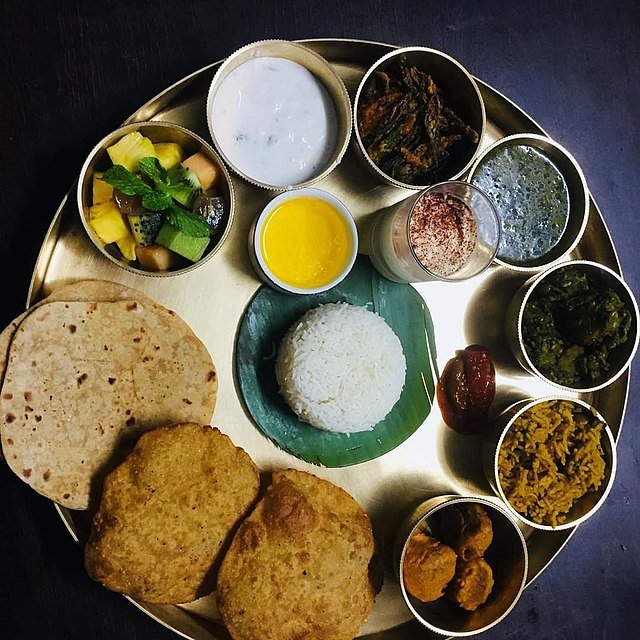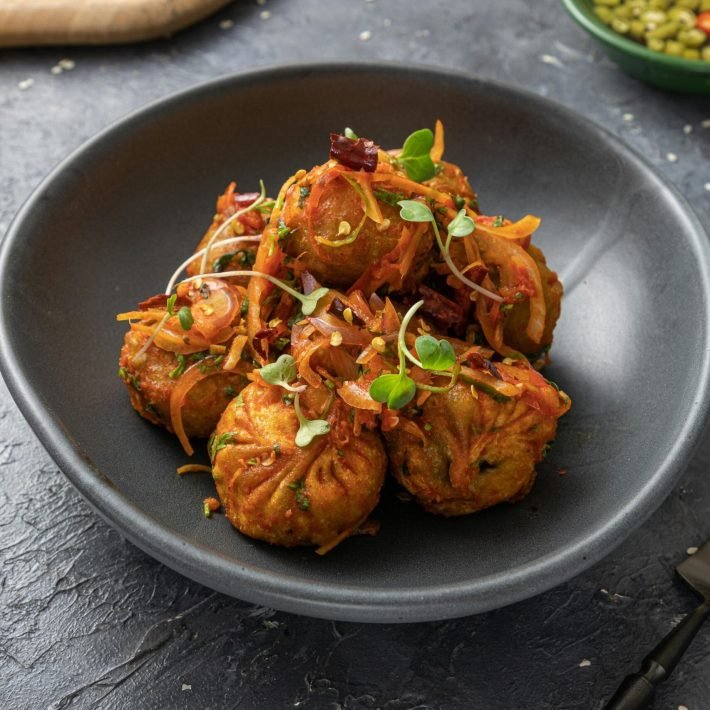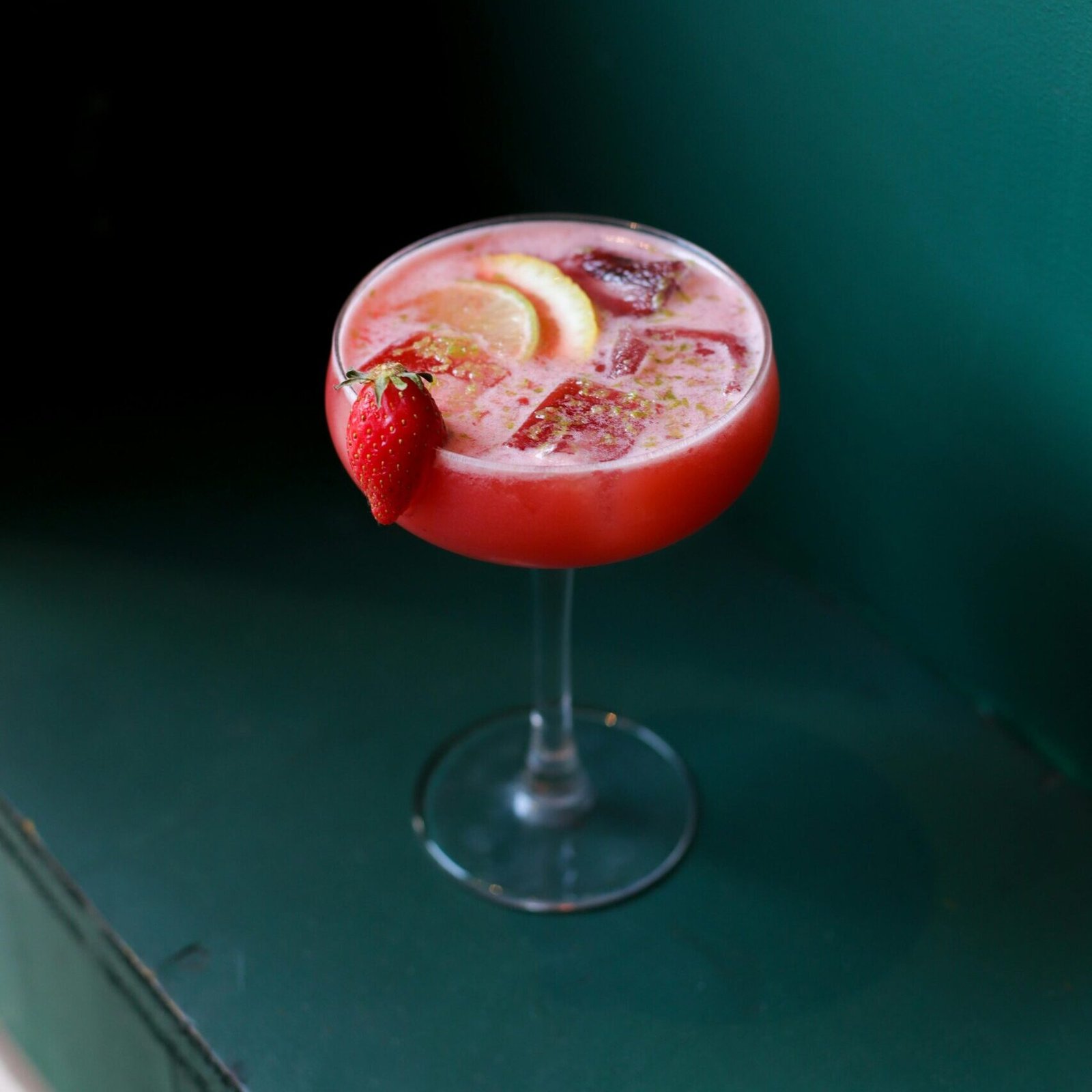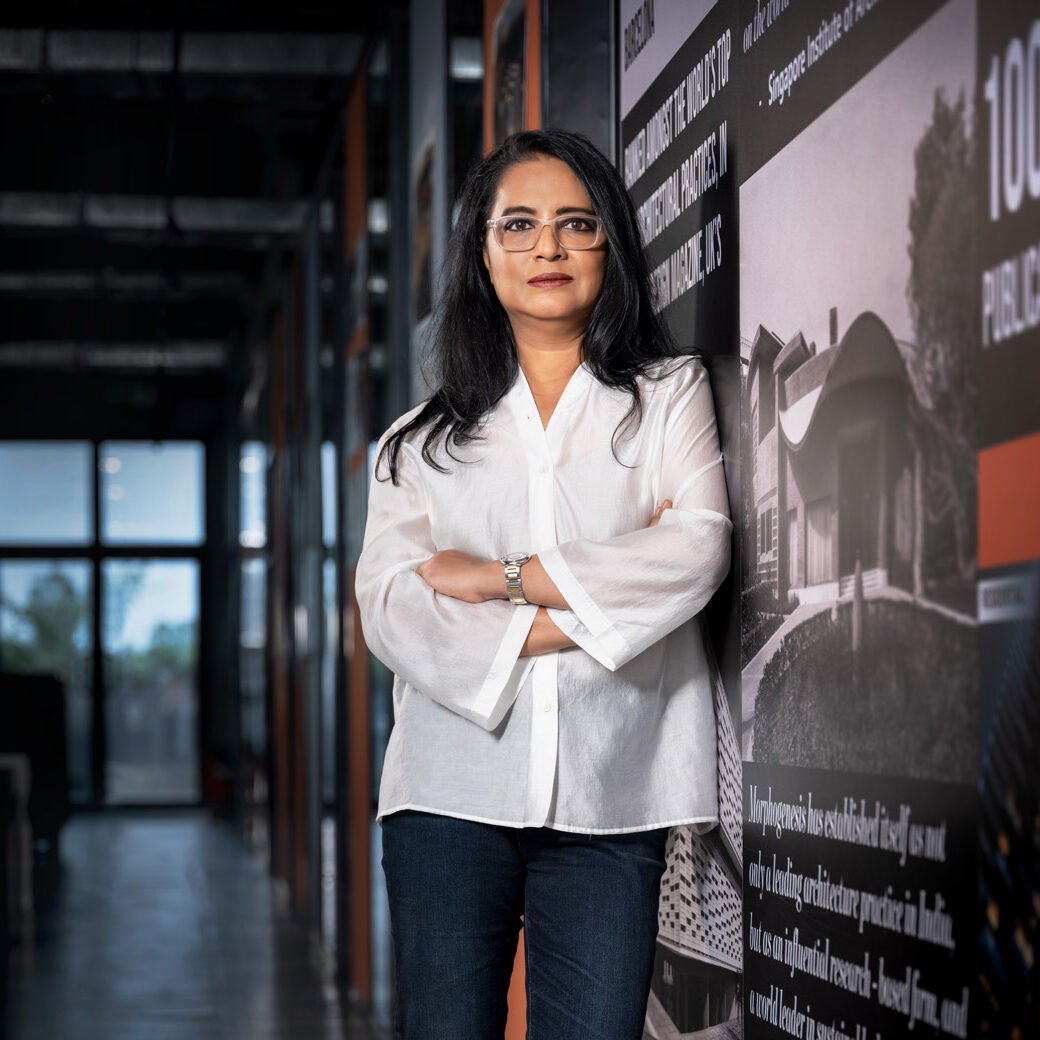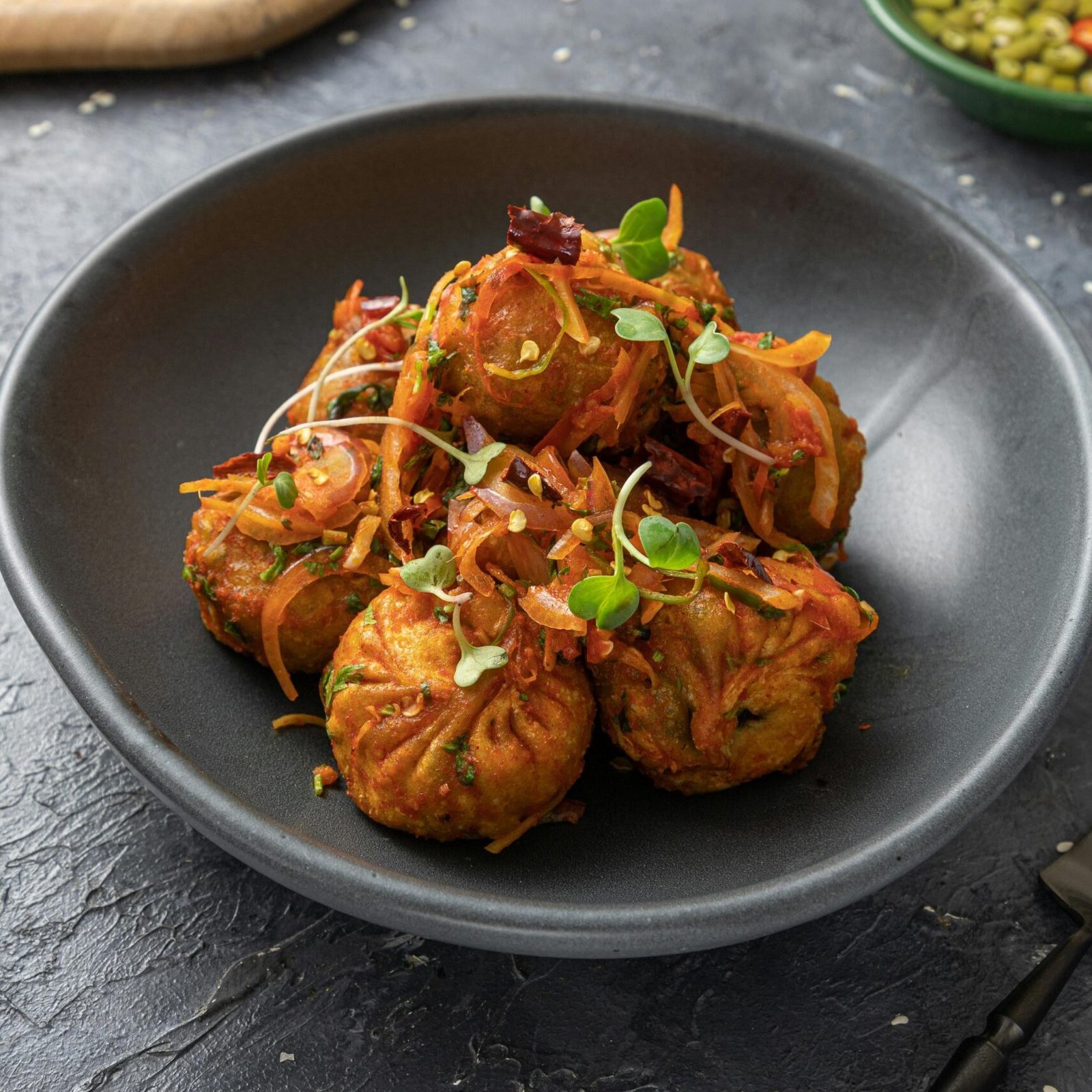Be it Kareena Kapoor Khan or Deepika Padukone, they are eating traditional Indian food to stay fit and beautiful. Celebrated nutritionist Rujuta Diwekar insists that the only way to stay fit without depriving ourselves of the goodness of food is to eat local food in a state of balance. Hannah Cardozo shares details…
A balanced diet seems to be well-debated in the fitness community. With an abundance of diet fads, conflicting opinions, and the prevalence of ultra-processed food, it can feel overwhelming to determine what is truly beneficial for one’s well-being. Yet, the solution to achieving a nutritious meal may be closer than it appears.
Indians are known for their carb-rich diets. However, the traditional Indian diet, curated over centuries, reveals a deep understanding of the significance of a well-rounded meal. Traditionally our diets consisted of various balanced dishes that formed the ‘thali’. It emphasised the importance of grains, lentils, vegetables, dairy, spices, prebiotics, probiotics and fats, while keeping the seasons in mind. In the words of celebrity nutritionist Rujuta Diwekar, “Eating right isn’t about depriving or denying yourself of your cultural preferences, native cuisine or local climate. You can very much get lean and fit eating simple home-cooked food.”

The traditional Indian diet offers a plethora of health benefits due to its abundance of nutrient rich ingredients, wholesome spices, well-balanced meals, and cooking techniques that preserve essential nutrients. Methods such as steaming, sautéing, and slow cooking help retain the natural goodness of the food, ensuring that essential vitamins and minerals are not lost during the cooking process.
The History Of Indian Food Practices
Ayurveda greatly influenced the holistic approach to health and culinary practices in India. This is why Indian food practices have always prioritised both functionality and flavour. The preparation methods are sustainable and healthy, while the ingredients serve multiple purposes. So not only are they delicious, but they also support immunity, inflammation, brain function, and several other functions in the human body.
The Importance Of The Thali
Another significant factor of a beneficial diet is finding the right balance. According to Rujuta Diwekar, you should maintain a 3:2:1 ratio between “grains : dal/sabzi : pickle/salad/curd.” The ‘thali’, as previously mentioned, consists of small bowls of vegetables and lentils, sometimes a meat dish with rice or roti, and curd/pickle. Unlike the modern-day thali, the traditional thali balanced out the meal while keeping the portions in control.

Rujuta adds, “The only way to get out of this diet cycle and to stay fit for the rest of our lives without depriving ourselves of the goodness of food is to eat food in a state of balance. The answer, therefore, lies in the right proportion, not portion.”
Protein Rich Dishes
Over 70% of Indians do not consume enough protein. To maintain a balanced and healthy diet, protein should ideally contribute 10% to 35% of your total calorie consumption. For an average sedentary adult, the recommended intake is a minimum of 0.8 gms of protein per kilogram of body weight.
Proteins consist of essential amino acids, thus finding the right protein and consuming the right amount is important. Unfortunately, plant-based proteins are typically ‘incomplete’, lacking at least one of these essential amino acids. Fortunately, there is a solution to this issue; combining foods that are deficient in a particular amino acid with foods that contain it, can ensure a complete protein intake.
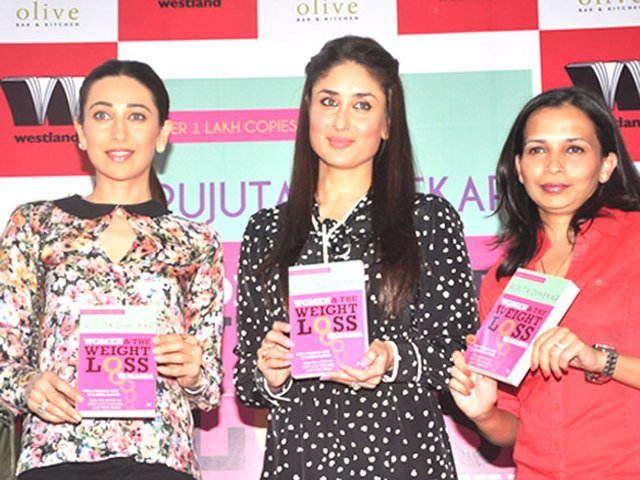
For example, legumes such as daals, rajma, and various beans are frequently deficient in the essential amino acid methionine, which is abundantly present in grains like wheat and rice. Conversely, grains lack lysine, an amino acid that legumes possess in abundance. Therefore, it is highly probable that we have already ingested this complementary combination today, irrespective of where we are in India.
Dishes like chole, rajma, and paneer are commonly found and are great options for healthy protein. Legumes offer a substantial amount of plant-based protein, making them an exceptional choice for vegetarians and vegans.
Powerhouse
Millets have been an essential component of our diet for centuries. Apart from offering a wide range of health benefits, millets also contribute positively to the environment due to their low water and input requirements. In an effort to raise awareness and promote the production and consumption of millets, the United Nations, upon the request of the Government of India, has designated 2023 as the International Year of Millets.
Whole grains, such as brown rice, millet, and whole wheat, are fundamental components of many traditional Indian dishes. Millets in the form of roti, pulao, or even desserts are not only delicious but also packed with fiber, protein, and essential micronutrients like magnesium. Incorporating these grains into your meals can greatly enhance digestion and promote heart health.
The Delight Of The Tropics
Due to the vast geographical area, varied soil, and different agricultural practices, Indians are blessed with a multitude of local and seasonal fruits and vegetables. In a study conducted by Blue Zone, to unravel the secrets behind the extraordinary longevity observed in select populations worldwide, their findings were remarkable. 50% of each meal consisted of non-starchy vegetables, while 25% comprised grains and another 25% consisted of protein, predominantly plant-based. Although the specific vegetables, proteins, and grains varied across these regions, the balance between these components remained unwavering. Thus consuming a good amount of fruits and vegetables daily can lead to a longer life.
Fats Are Not Bad
In Indian culture, cooking oils have traditionally been changed with each season, resulting in a wide variety of oils being used. Our bodies require omega-3 and omega-6 fatty acids from the food we consume in order to maintain good health. The oil-switching process enables different ratios of omega-3 and omega-6 fats, which can help us maintain the ideal balance in our diet. The two most commonly used cooking oils in Indian cuisine, ghee and coconut oil, do not disrupt this ratio and offer their own unique health benefits.
Even Celebrities Like It Simple
Everyone around the globe is slowly becoming more conscious of their health and lifestyle. They are turning to holistic Indian practices, like yoga. Deepika Padukone is a big ambassador of health and fitness and she loves South Indian food like rasam rice, and idli, dosa. In fact, the ingredients and cooking process used in South Indian food make it extremely healthy and easy to maintain in balance.

Kareena Kapoor Khan famously worked with Rujuta Diwekar and still follows her guidelines of wholesome homemade food. She eats fresh seasonal fruits and vegetables and healthy drinks. “I eat only simple Indian home food, sabzi, roti, dal, chawal, ghee. There are so many benefits of having ghee. My grandmother is 84 and she is still fit and looks beautiful,” she’d said in an interview. Her friend Malaika Arora follows a very similar lifestyle. As a partner of Diva Yoga, she believes in leading a holistic life and is known to eat simple Indian food. She especially enjoys the sadhya (Kerala vegetarian food spread typically served during Onam).
So What Are You Waiting For?!
The traditional Indian diet offers a plethora of health benefits due to its abundance of nutrient-rich ingredients, wholesome spices, well-balanced meals, and cooking techniques that preserve essential nutrients. Methods such as steaming, sautéing, and slow cooking help retain the natural goodness of the food, ensuring that essential vitamins and minerals are not lost during the cooking process.
While it is true that the traditional Indian diet offers indulgent options like rich curries and sweets, practising mindfulness and moderation is key to fully enjoying the benefits of this culinary heritage. By savouring these indulgences in controlled portions and balancing them with nutrient-dense meals, one can strike a harmonious balance between health and indulgence.
